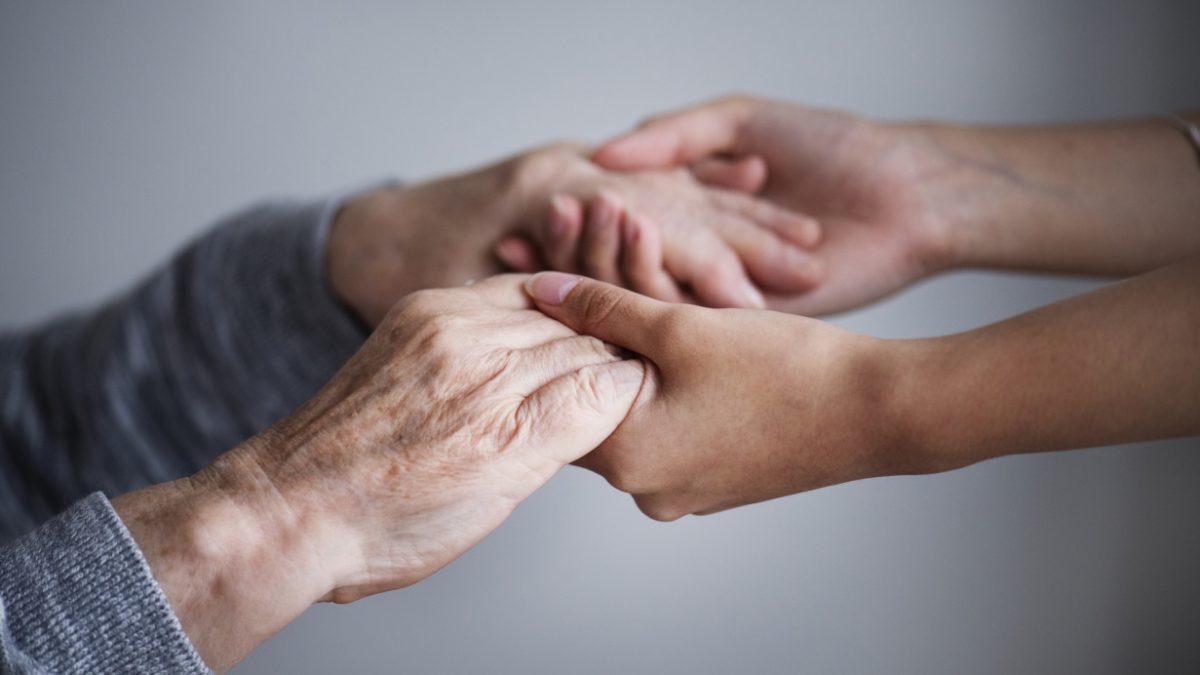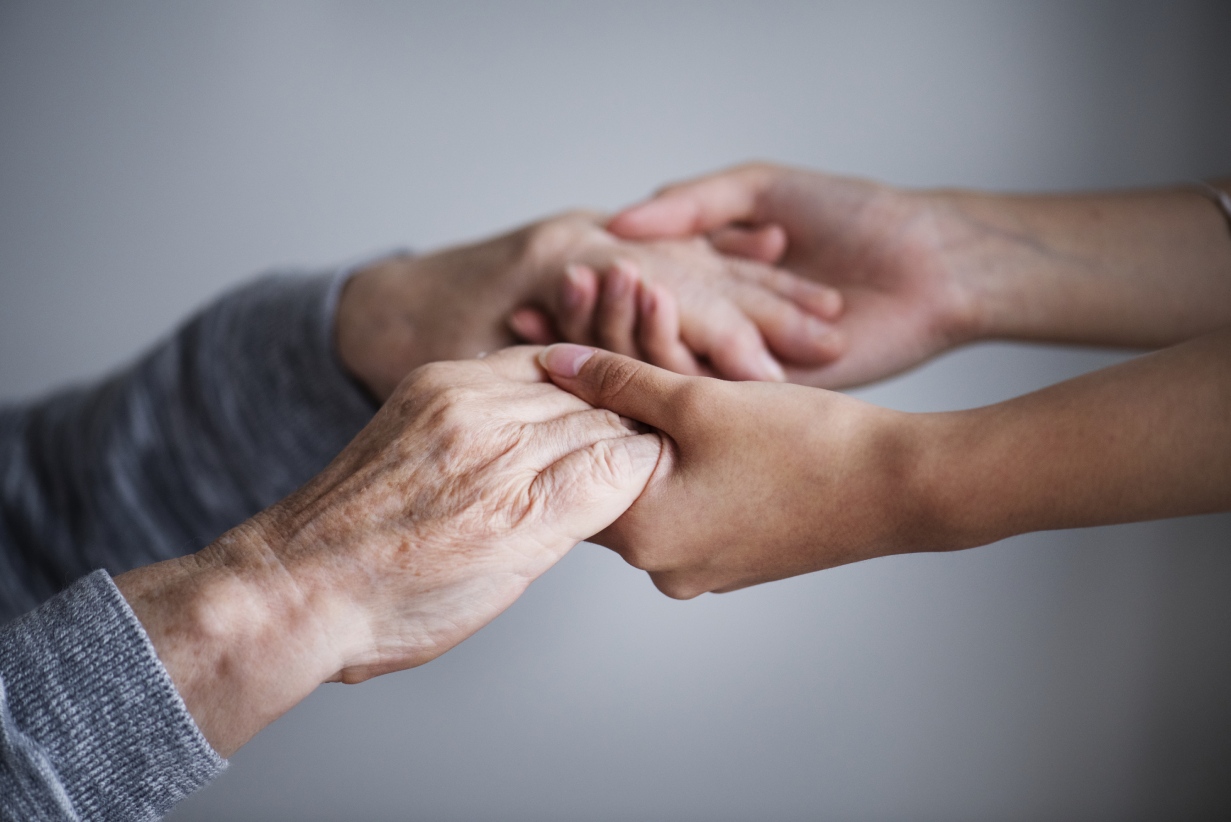Ageing can be distinguished into 3 main types:
- Endogenous ageing is genetically pre-determined and non reversible.
- Environmental ageing or photoaging. This is caused by environmental conditions such as the sun, smoking, the pollution of the environment, poor diet, stress etc. The above are reasons for free radicals to increase.
Free radicals are particles that exist in our body in specific numbers in order to protect us from harmful external factors. When they increase considerably, they cease to be useful. They start destroying our cells, from the external membrane and gradually they reach the core of the cell destroying it completely. Thus, the cell degenerates because it does not have the right genetic code any more for the production of healthy cells. Since our skin is the first organ to come into contact with the environment reacts with:
- Pigmentations
- Loss of elasticity
- Dryness
- Rough skin
We have to protect it using strong anti-oxidant substances that boost cell regeneration and collagen production. Some anti-oxidant substances are the vitamins A, C, E, complex B, co-enzyme Q10 etc.
- Hormonal ageing is a factor of biological ageing but it is also very important. It mainly occurs to women just before and during menopause due to the decrease in estrogen production (female hormones) by ovaries and the simultaneous increase in androgens (male hormones). The low levels of estrogens result in the beginning of ageing. Symptoms such as the following occur:
- Thin lines and wrinkles
- Loss of elasticity
- Dryness
- Growth of facial hair
- Acne-prone elements
- Irritability
- Insomnia
Hormonal skin ageing can be treated using products that contain plant estrogens so that they make up for the lack of these hormones.
Wrinkles
The formation of wrinkles is a characteristic of skin ageing. They can be distinguished in:
- Wrinkles of endogenous ageing and environmental ageing. These are fine wrinkles and are usually found on the cheeks, lips, neck, nape, chest etc.
- Expression wrinkles. These are deep wrinkles, a result of the activity of the mimic muscles of our face.
Expression wrinkles are located on the:
- Forehead, horizontally
- Glabella, vertically
- Eyes, vertically or horizontally
- Around the mouth, vertically.
When we are young, skin elasticity is able to resist muscle tension. But as elasticity slims down, the lengthy contractions create minor convulsions in the mimic facial muscles that gradually tend to become chronic and as a result wrinkles become more evident.






